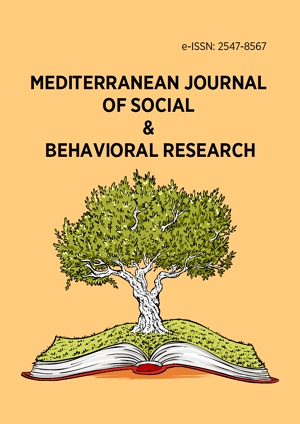Abstract
There is an agitation from teacher educators and experts that the traditional lecture-based method is no longer appropriate in teaching Information and Communication Technology (ICT) courses. Though, the government through its policies and reforms introduced ICT courses to schools and colleges to boost students’ ICT knowledge and skills for economic and national development. Studies from across all parts of the world show that using the traditional lecture-based method in teaching the ICT courses had affected students’ academic achievement and engagement. Scholars suggested using technologies and student-centered learning approaches to improve students’ achievement and engagement, particularly in the ICT courses. Flipped classroom model is one of the teaching and learning pedagogies that can overcome the limitations of the traditional lecture-based method. Few studies have investigated the effect of flipping classroom model for the students taking ICT courses. Hence, this paper presents a modified flipped classroom model to improve students’ achievement and learning engagement. The modified flipped classroom model comprises of social constructivist learning theory, bloom taxonomy, cooperative learning model, and study-quiz-question (SQQ) learning strategy.
License
This is an open access article distributed under the Creative Commons Attribution License which permits unrestricted use, distribution, and reproduction in any medium, provided the original work is properly cited.
Article Type: Review Article
MEDITERR J SOC BEH RES, Volume 6, Issue 1, February 2022, 21-26
https://doi.org/10.30935/mjosbr/11527
Publication date: 09 Jan 2022
Article Views: 2400
Article Downloads: 1349
Open Access References How to cite this article
 Full Text (PDF)
Full Text (PDF)